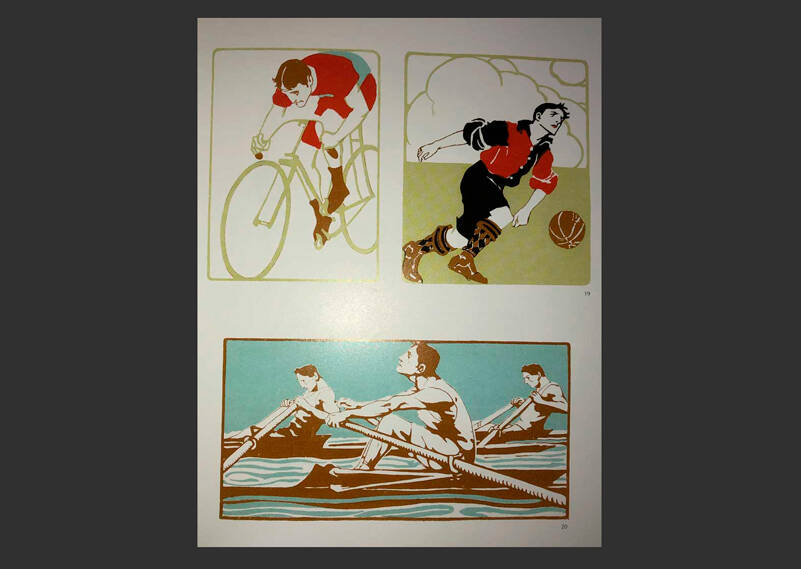By Morf Morford, Tacoma Daily Index
You might think that you need to travel overseas to encounter strange and baffling systems of measurements.
Nope.
Even here at home, some familiar ways of measuring can be as confusing as any metric to imperial conversions. And it’s not just mileage or weights that can make you crazy.
If you travel the world and find yourself baffled by local or ever-shifting ways of measuring things, you are not alone.
Some terms for measurement are lost in the mists of time, others are (or once were) semi-logical. Some, to put it mildly, are a bit more precise than others.
Here are just a few examples.
Barrels
You ever notice that the cost/weight of a “barrel” is always different?
If you’re talking about oil, a barrel is exactly 42 gallons. For beer, a barrel is 31.5 gallons. And then there is the 55 gallon “drum” which looks just like a barrel.
Besides those, you might consider the “hogshead” at 63 gallons. These were/are used to store wine.
The used casks are repurposed to mature whiskey.
And don’t forget the double hogshead – it’s called a port pipe, and it holds about 145 gallons.
A bushel
Like the barrel, the bushel has different meaning based on what it contains. The USDA has assigned individual bushel measurements to different things we grow in the ground. A bushel of corn is 56 pounds, while a bushel of oats is 32 pounds.
A span
If you read the Bible (or any other text based in a language, culture or weights and measures different from what most of us use) you are likely to run into “hands” and “spans”.
A span isn’t just a vague term for how long something is, like a bridge or wings or the length of time you can pay attention to something.
It originally meant a distance of about 9 inches, or the width of a man’s hand with the fingers out.
The “hand” is kind of the same – it’s the width of a hand with the fingers closed – about 4 inches.
Dash
A “dash” might be a short run, or even a short trip, but if you are talking about cooking, a dash, as in, “just a dash of salt,” is between 1/16 and 1/8 of a teaspoon. Or so.
A “pinch” is about half a dash, or 1/16 of a teaspoon.
A smidgen is a real thing
Yes, a smidgen (or a smidge) is real thing – just a tiny amount of a real thing. About half a pinch.
Measuring death
Death is, of course, 100%. At the most basic level, someone is either dead or not. But getting there, at least in the eyes of statisticians or actuaries, can be measured.
The micromort, is a unit for measuring the statistical probability of death. One micromort is a one-in-a-million chance of death. So, smoking 1.4 cigarettes, or spending an hour in a coal mine increases your risk of death by precisely one micromort.
Going skydiving? Seven micromorts.
And if you were wondering, they are in the running for the coolest thing—maybe even the only cool thing—ever invented by actuaries.
Horsepower
Horsepower was based on the fact that the average brewery horse could move something weighing 330 pounds 100 feet in one minute, stop, and repeat for eight hours.
Manpower
Manpower is about the same, but at a different scale – manpower is about 1/8 to 1/10 of a unit of horsepower.
Jin
When I lived in China I met a woman who had grown up in Singapore. At the markets she would buy a “jin” of vegetables.
Apparently this was the historic term for half of a kilogram. A kilogram is 2.2 pounds, so a jin is a smidge over one pound.
Based on my research, this term is only used in the outer, less urban markets of China. It was ostensibly used in the ancient trade routes, like The Silk Road a thousand or more years ago. It’s a term Marco Polo would likely have encountered.
In short, whether it is miles or calories or time spent, we try to keep track or in some way measure and monitor how our life goes.






